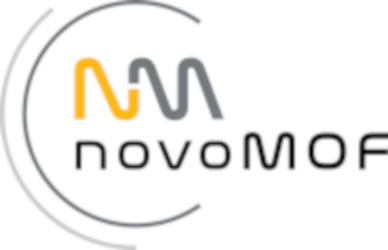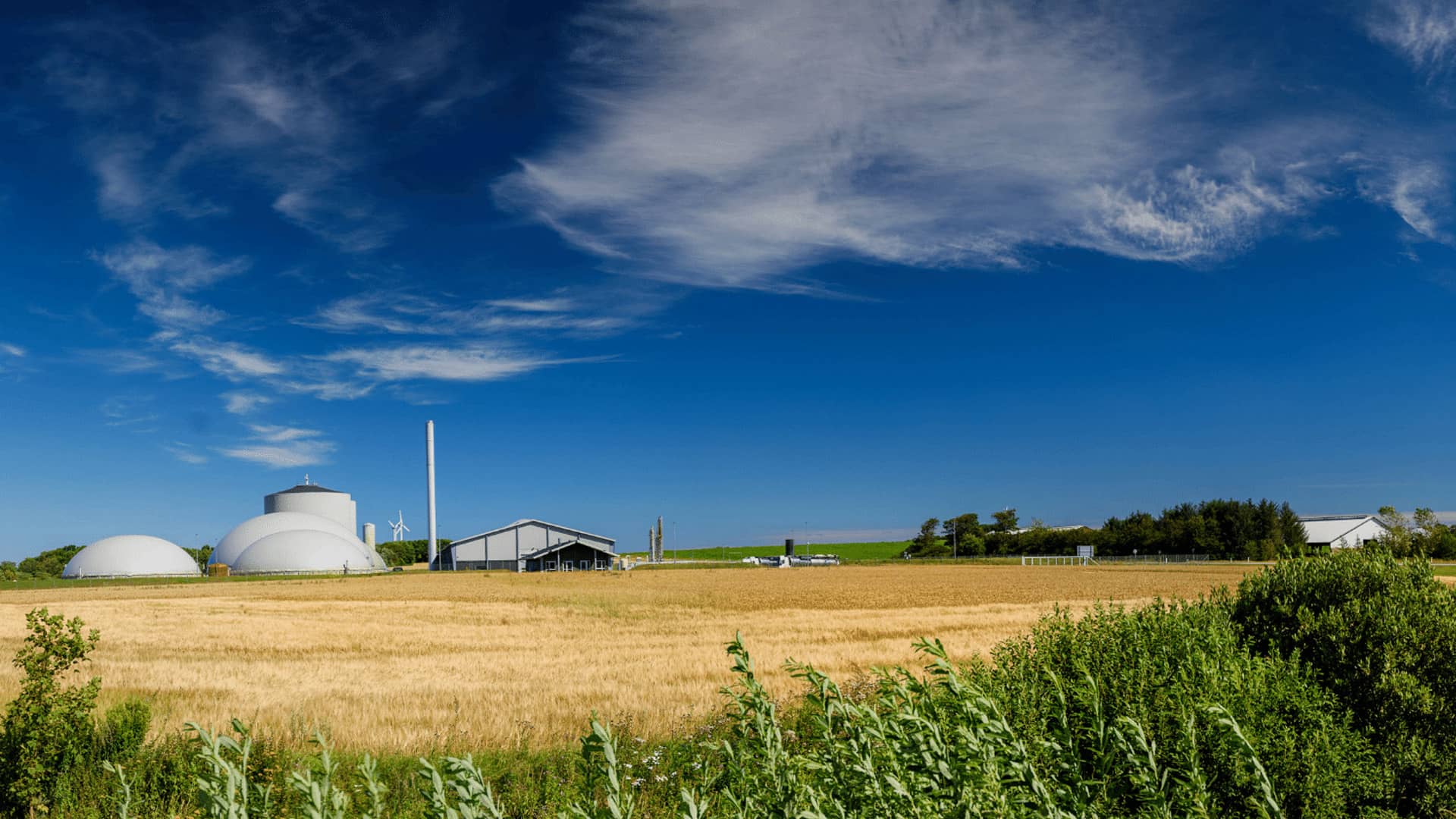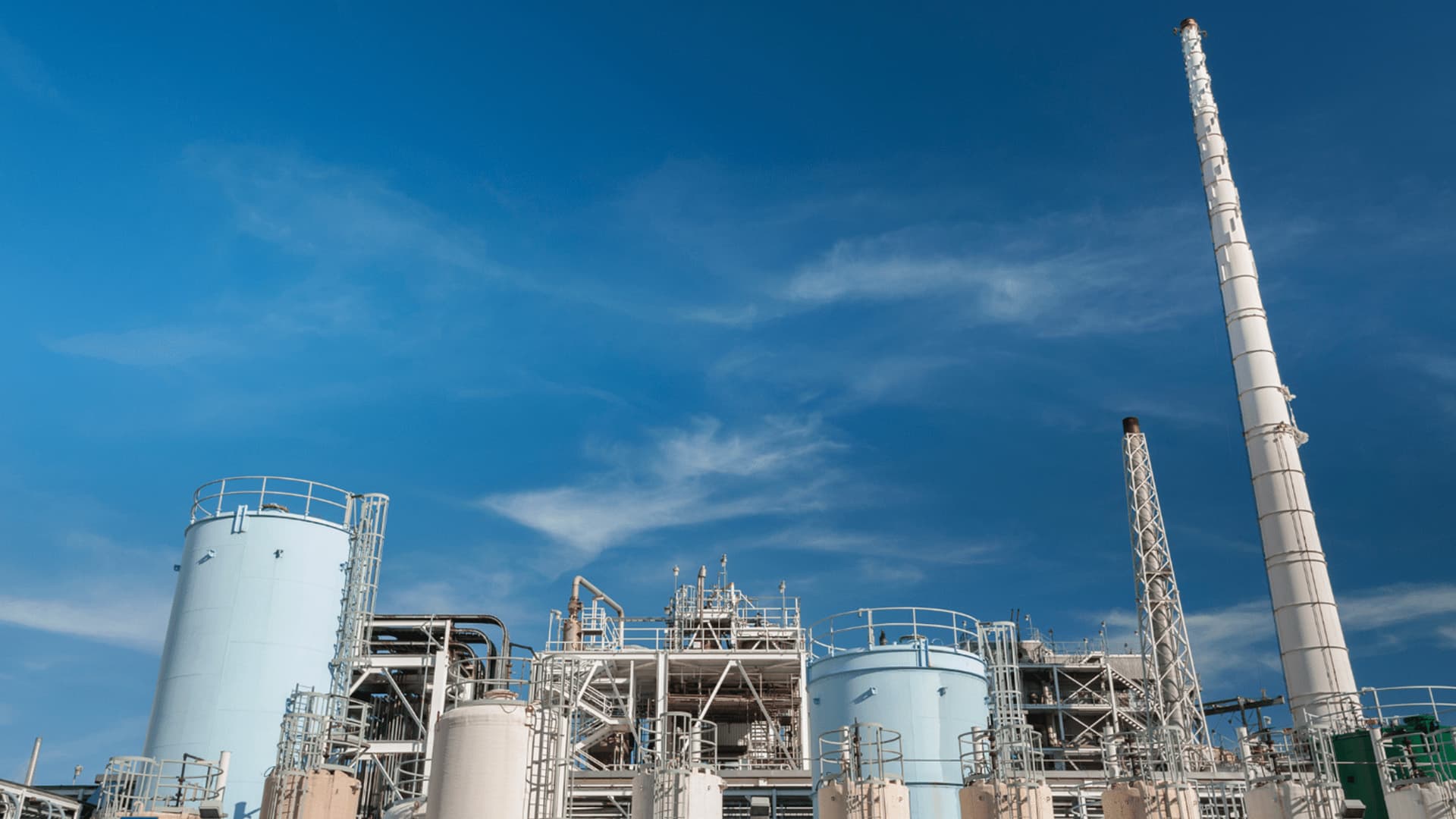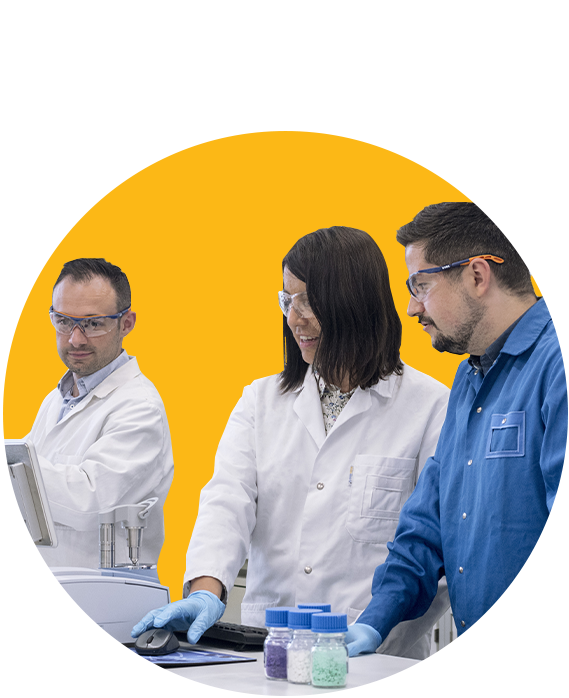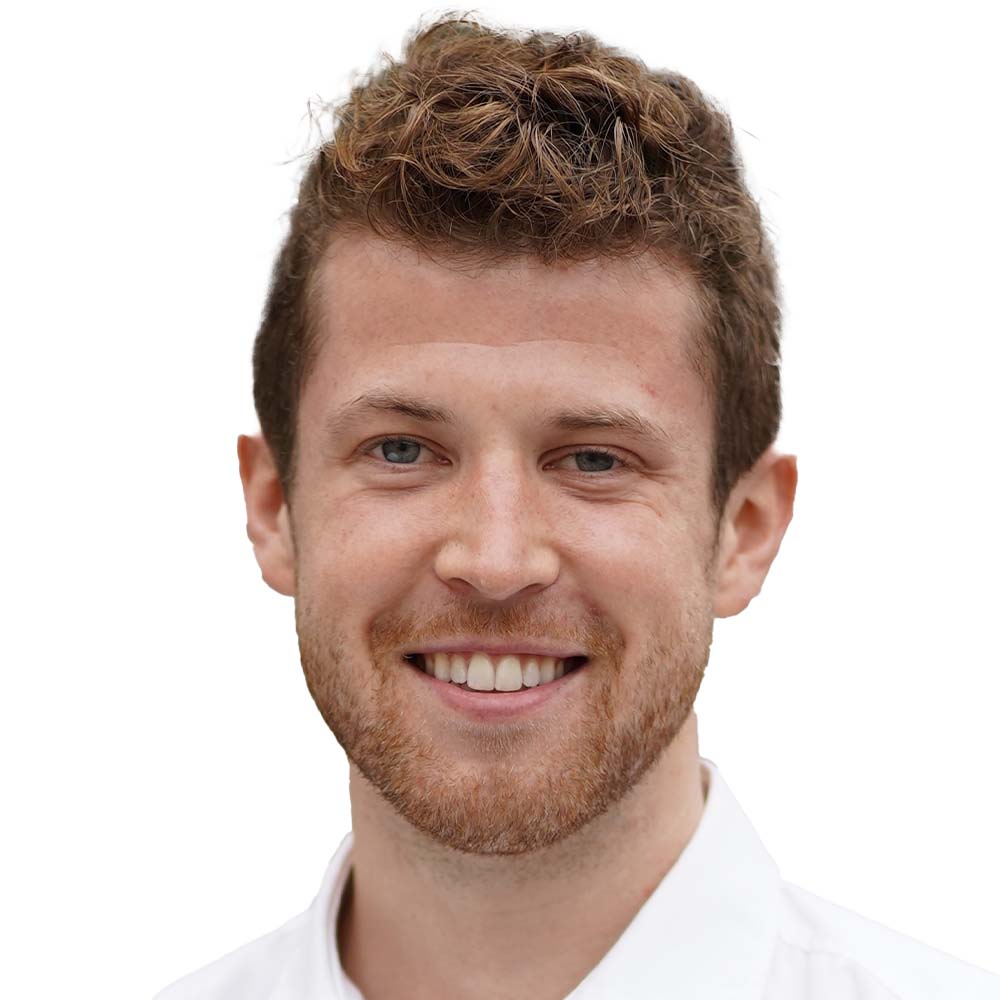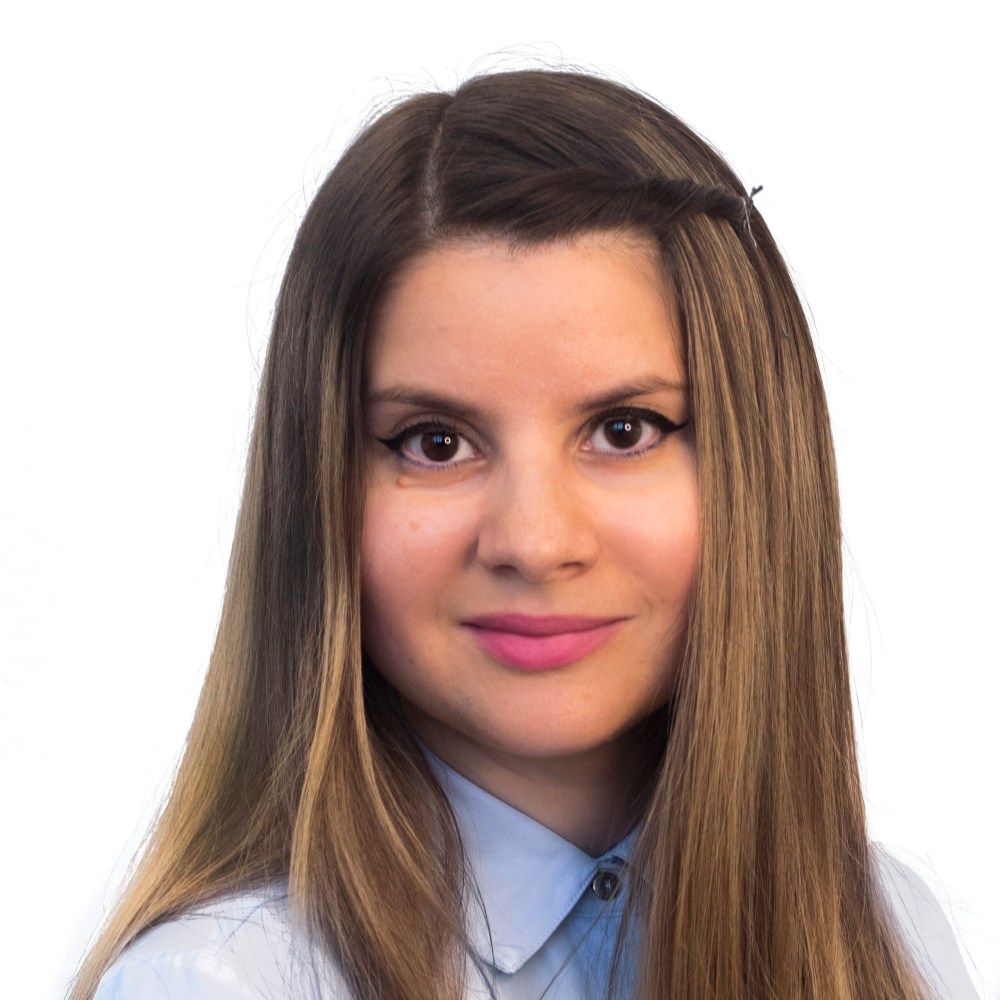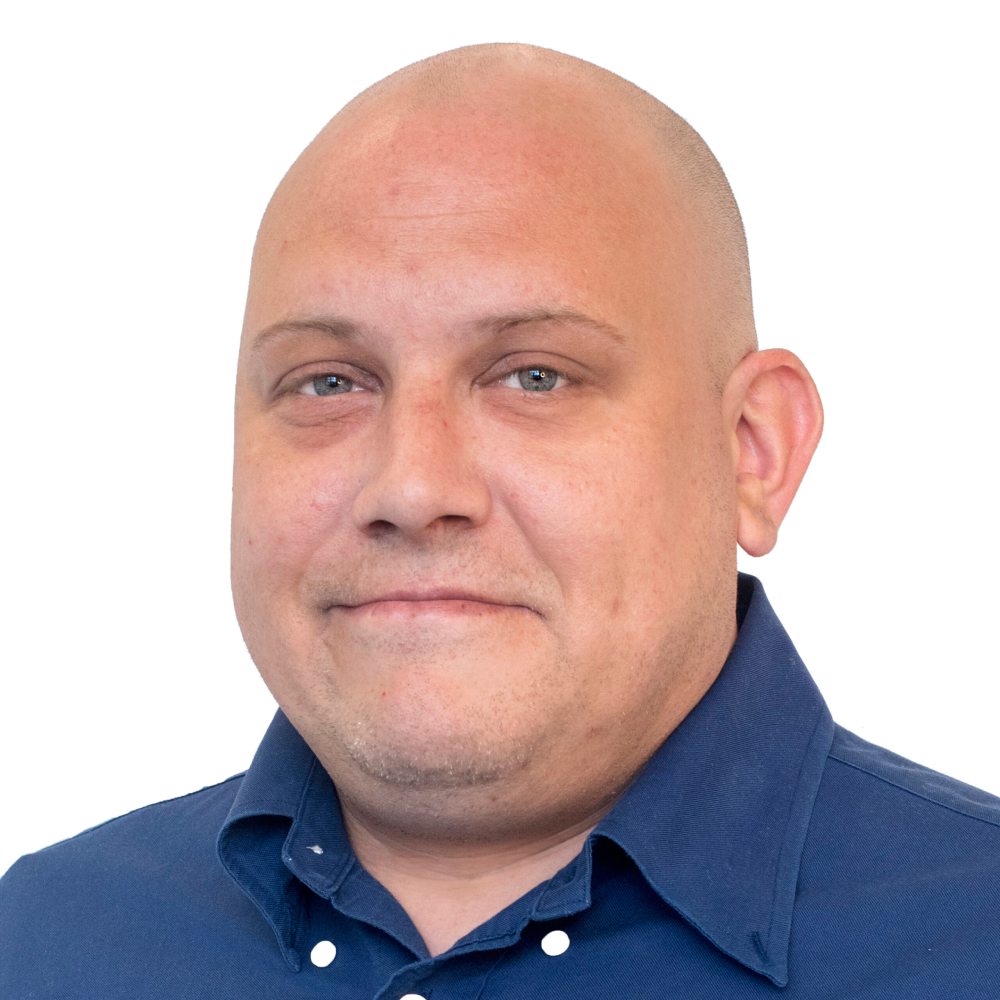CO₂ CAPTURE
We pioneer one of the world’s first industrial, high-performance CO₂-capture Metal-Organic Frameworks (MOFs), enabling technology providers to build compact and sustainable systems for industrial emitters.
WHY US
VALUE-FOCUSED
HIGH-QUALITY
EXPERTISE
SCALABLE
INNOVATIVE
Network
TESTIMONIALS
I had the opportunity to work with novoMOF AG on the scale up of one of our MOFs. Their production of a high-quality MOF at kilogram scale,…
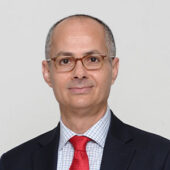
Dr. Omar M. Yaghi.
– Professor of Chemistry, UC Berkeley | Nobel Prize Laureate
novoMOF is a reliable partner for any organization seeking to scale up their metal-organic frameworks. As the principal investigator of our Atmospheric …

David R. Moore, Ph.D.
– GE Research Executive Manager, Carbon Capture Technology Leader
In our syngas conversion development efforts at Dow we have been investigating MOFs as catalyst precursors. In order to evaluate and compare our internal …

Matthijs Ruitenbeek
– Senior R&D Manager The Dow Chemical Company
As the chief scientific officer, I am always scouting for new technology platforms to improve our products at Silent-Power AG. I’ve met novoMOF at a conference in …

Dr. Reto Holzner
– Chief Scientific Officer econimo DRIVE
Recent Posts
novoMOF Blog Blog about Metal-Organic Frameworks (MOFs), their application and related industries.
- Capturing biogenic CO₂on September 8, 2025 at 3:21 pm
In the fight against climate change, much of the attention has been on reducing carbon emissions from fossil fuels. But other sources represent a significant opportunity such as the case of biogenic carbon dioxide. By capturing CO2 from biogenic sources such as biomass, fermentation, or waste treatment, the balance can result in negative emissions. In this blog we discuss the challenges of the implementation of carbon capture systems due to the decentralized nature of such sources and how biogenic CO2 capture can lead to a net-zero and even net-negative targets. Challenges in Capturing Biogenic CO₂ Unlike power plants and other industrial fossil fuels sources, many biogenic CO2 sources are geographically dispersed and operate at smaller scales. Biogenic carbon dioxide sources include breweries, biogas plants, and small-scale biomass power among others. Moreover, biogenic sources show variability in flow and composition. For instance, carbon dioxide from fermentation is highly pure, while biomass combustion gases contain carbon dioxide diluted with nitrogen, water vapor and other trace gases. Owing to the geographical and technical challenges for biogenic carbon capture the industrial implementation of capture systems represents an economic constraint. Another constraint is the logistics related to storing and transporting the captured CO2. Overcoming these challenges requires modular, cost-effective, and flexible technologies tailored to decentralized operations. Capture Technologies Amine scrubbing is the most established and commercially mature technology for carbon capture. This technology has displayed effectiveness for capturing CO2 from point sources like biomass combustion and can achieve high CO2 recovery rates. However, when applied to decentralized sources, amine technology faces significant drawbacks. Its regeneration process is energy-intensive requiring large amounts of steam or heat that are often not available in remote locations. Its high energy requirements increase operating costs and reduce their overall efficiency when applied at small scale. Additionally, amines produce by products due to their degradation over time, requiring special handling and disposal of hazardous materials, increasing the logistical challenge. MOF Technology
- From Climate Change to Carbon Captureon August 19, 2025 at 6:52 pm
The temperature of the Earth’s atmosphere has changed over time due to natural events. However, current changes have been caused mainly by human activities, especially since the Industrial Revolution. Even small shifts in global average temperature of just one or two degrees Celsius can disrupt ecosystems and weather, affecting agriculture, water resources, and human health on a massive scale. As countries work to meet environmental goals outlined in international agreements, reducing carbon dioxide emissions is not enough; we need to do more, like capture the generated CO2 before it reaches the atmosphere. One of the most promising tools in this effort is point-source carbon capture. In this context, using Metal-Organic Frameworks (MOFs) offers technical and economic advantages, making them ideal for both industrial and modular applications. As climate goals become more ambitious, advanced materials like MOFs will play a pivotal role in achieving a low-carbon future. The Climate Trends Before the Industrial Era The Holocene is the current geological epoch in Earth's history. It began approximately 12,000 years ago and continues to the present day. The Holocene is characterized by climate stability, which allowed the development of agriculture, cities, and complex societies. With man-made climate change, we have now left the Holocene’s window of climate stability, reaching a global temperature anomaly not seen in the last 10,000 years. Source: https://www.climate.gov/news-features/climate-qa/whats-hottest-earth-has-been-lately The Turning Point: Industrial Revolution The Industrial Revolution began around 1750, marking a new era in human history but also a deviation from the Holocene stability. Such a change has been caused by the mass burning of coal, oil, and gas releasing vast amounts of greenhouse gases such as carbon dioxide, methane, and nitrous oxide into the atmosphere. The sharp deviation in CO2 concentrations is marked around 1850. Source: https://www.climate.gov/media/12990 Along with the increase of greenhouse gases in the atmosphere, a warming effect started. Two-thirds of this warming has occurred since 1975, reflecting the increase in fossil fuel use and industrial activity. Since pre-industrial times, the global average surface temperature has risen by ~1.2 °C as of 2024. Recent research has revealed that current global temperatures are now higher than at any point in the Holocene, which means the Earth is warmer than it has been in the last 10,000 years. This dramatic and recent departure from natural variability is unlike anything Earth has experienced in the Holocene and marks the transition toward a new, human-driven epoch often referred to as the Anthropocene. A clear example of the warming effect is the city of Zurich, which has seen a 2°C increase by 2024. Source: https://showyourstripes.info/c/europe/switzerland/zrich Why CO2 Matters Most?
- Decarbonizing the Steel Industryon August 8, 2025 at 6:14 pm
The steel industry is one of the largest sources of CO₂ emissions, contributing up to 9% of global output, posing a major challenge in the fight against climate change. Among emerging solutions for carbon capture, Metal-Organic Frameworks (MOFs) have gained significant attention for their ability to selectively capture CO₂ thanks to their high surface area and tunable properties. Unlike conventional methods, MOFs offer a more efficient and potentially scalable approach to reducing emissions from high-temperature industrial processes. This article explores the growing relevance of MOF-based CO₂ capture for the steel industry, highlighting its potential to support deep decarbonization and enable more sustainable steel production. The Carbon Capture Challenge for the Steel Industry Many of the CO₂ emissions in steel production are process-inherent, meaning they cannot be eliminated through electrification or fuel switching alone. For instance, CO₂ is released during the chemical transformation of calcium carbonate (CaCO₃) into lime (CaO) in kilns and from the reduction of iron ore (Fe₂O₃) to iron in blast furnaces. These unavoidable emissions make carbon capture essential. Compounding this challenge, CO₂ emissions now have direct financial consequences under regulatory frameworks. These carbon-related policies place a price on emissions, making it increasingly costly for steel producers to operate without effective carbon management solutions. Why the Steel Industry Is an Ideal Target for Carbon Capture? One of the most compelling technical reasons for targeting the steel sector is the nature of its flue gases. In particular, blast furnace gas (BFG) — a by-product of the reduction of iron ore with coke — exits at moderate temperatures (typically 100°C to 400°C) and contains a relatively high concentration of CO₂ (20–25%) along with large amounts of CO, N₂, and smaller fractions of H₂ and water vapor. Such conditions make it highly suitable for post-combustion or pre-combustion CO₂ capture. Several key pieces of equipment in steel plants are responsible for the bulk of CO₂ emissions. The blast furnace is the most significant contributor, due to the direct combustion of coke and the reduction reactions that release CO₂. The sintering plant and lime kiln also emit large volumes of CO₂, both from fossil fuel combustion and the decomposition of carbonates. The basic oxygen furnace (BOF) generates moderate emissions during the conversion of hot metal to steel. If used, the electric arc furnace (EAF), used primarily for recycling scrap, emits less, mainly depending on the carbon content of the input and the source of electricity. Coke ovens, direct reduced iron (DRI) units, and on-site power generation systems round out the major emission sources, varying in their output but collectively contributing to the sector’s substantial carbon footprint. This concentration of emissions from identifiable and centralized sources makes the steel industry not only a significant challenge for decarbonization but also a strategic opportunity for deploying scalable carbon capture technologies. Complying with Climate Regulations and Industry Commitments
